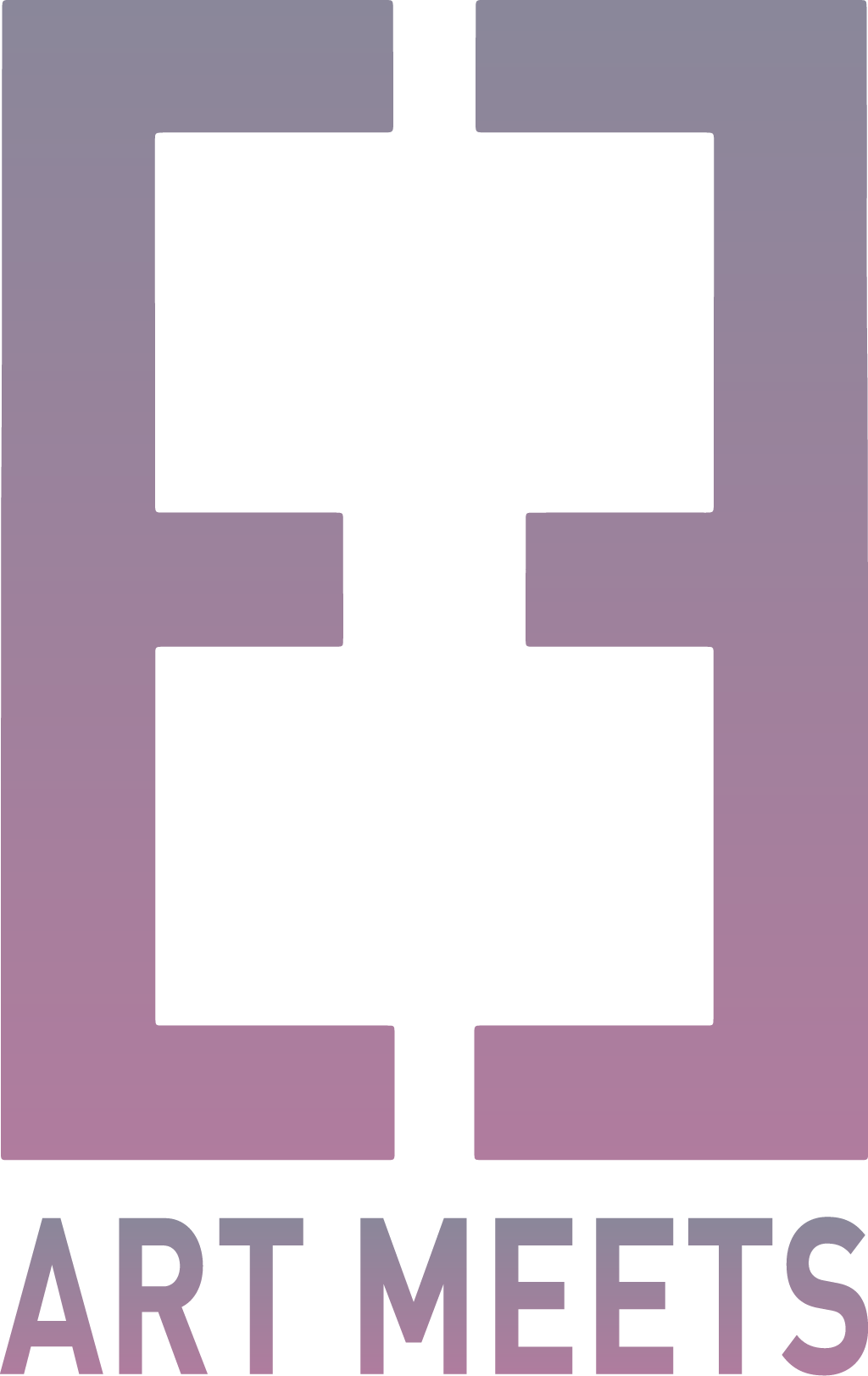




- 100 x 100 cm
- Optica 1 (100% cotton)
- 1/5
Citadel series #1
Gaelen Pinnock's obtrusive 'Citadels' command the space, isolated and intricate. Closer inspection absorbs the viewer into an endless discovery of security cameras and industrial threat. Apparently autonomous, these structures read as planets in themselves, fortified, competent and threatening, reminiscent of a sci-fi film. The haunting thing about these collages is that they do not appear to be imaginings of a distant or possible future. They read as a direct reflection of our current living conditions, highlighting a fear-based mentality and desperation for safety. Void of any human life, our existence is only suggested. Each image contains a space in the center, allowing the viewer to insert themselves inviting the possibility of protection. But when 'Citadel #2' completely closes itself off and eliminates any point of entry, we are forced to imagine ourselves on the outside, confronted by these menacing machines. Survival seems unimaginable.
" The South African urban landscape is like an archipelago of islands. Each island is a discrete shape, separated from its neighbours by greenbelts, highways and railway lines. This analogy can be seen at various scales, from private homes, to larger suburbs to entire inner city precincts. Some are self contained and conceptually autonomous and most islands are fortified. They have walls, booms, electric fences, private security and 24 hour surveillance. In this sense they are like medieval citadels; secured city-states to keep the fear out and the comfort in.
This model was inherited from apartheid planning and a modernist approach to making cities. It is now being furthered through a landscape of fear, crime and a neoliberal trend of gentrification, sanitisation and public space control by private and semi-private organisations.
These images are the first part of a broader series called Citadel. They are digital collages of gathered images. "
- Gaelen Pinnock
About the artist
"Since my graduation as an architect from UCT in 2005, my creative efforts have increasingly focused on where architecture and urban planning have gone wrong and where utopian visions have failed. I have a preoccupation with abandoned spaces, alienated landscapes and dystopian urban environments.
The former inhabitants of disused places leave impressions of their lives and activities. Where traces are scattered or few, we can project memories and fantasies into these realms. Neglected and uncared for spaces are one step behind abandonment and thus carry a similar sense of despondence.
Yet despite all this, I find a nostalgia in the memory of former use and a beauty in the disconsolation. This is what I capture in my photography."
